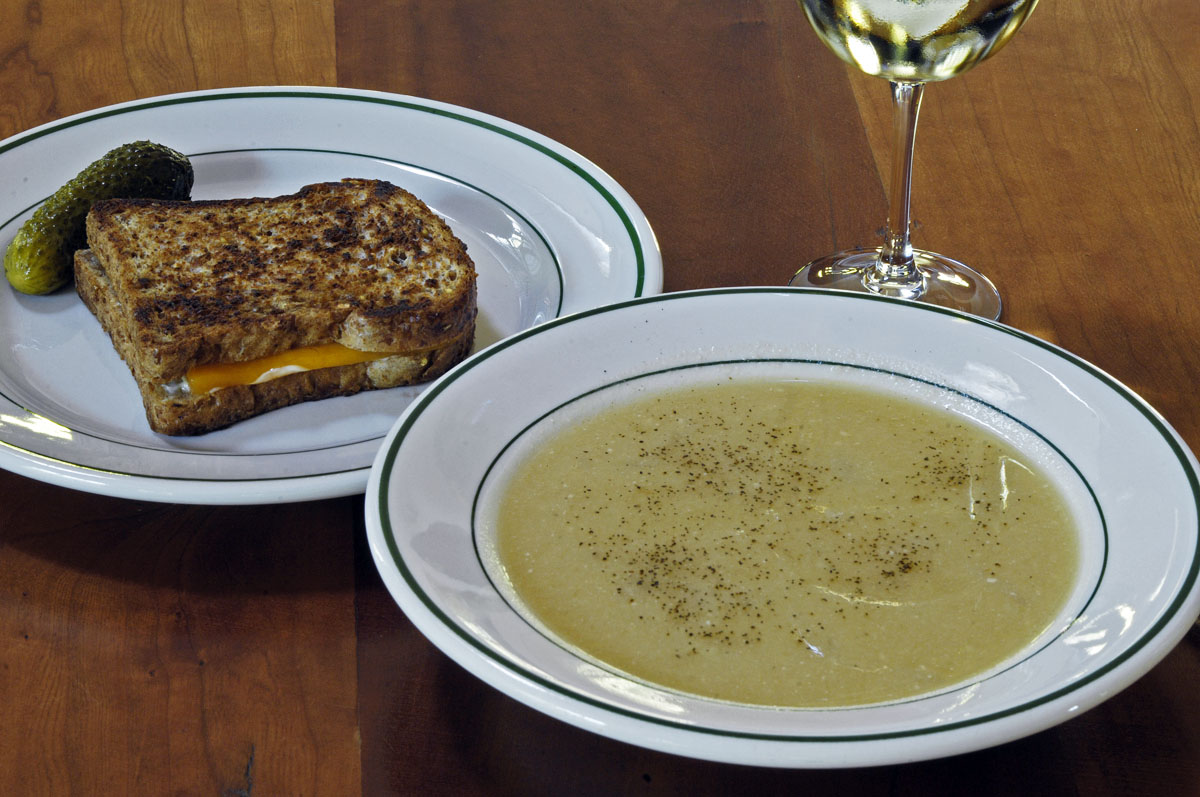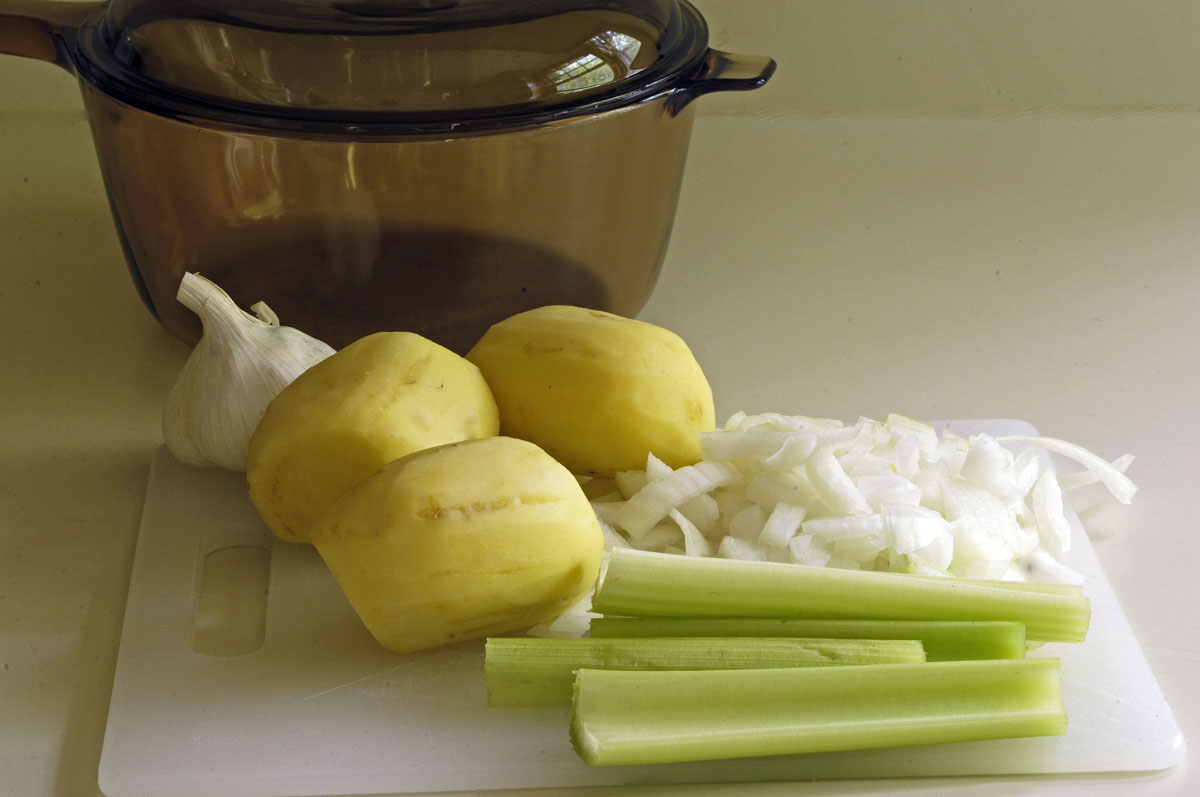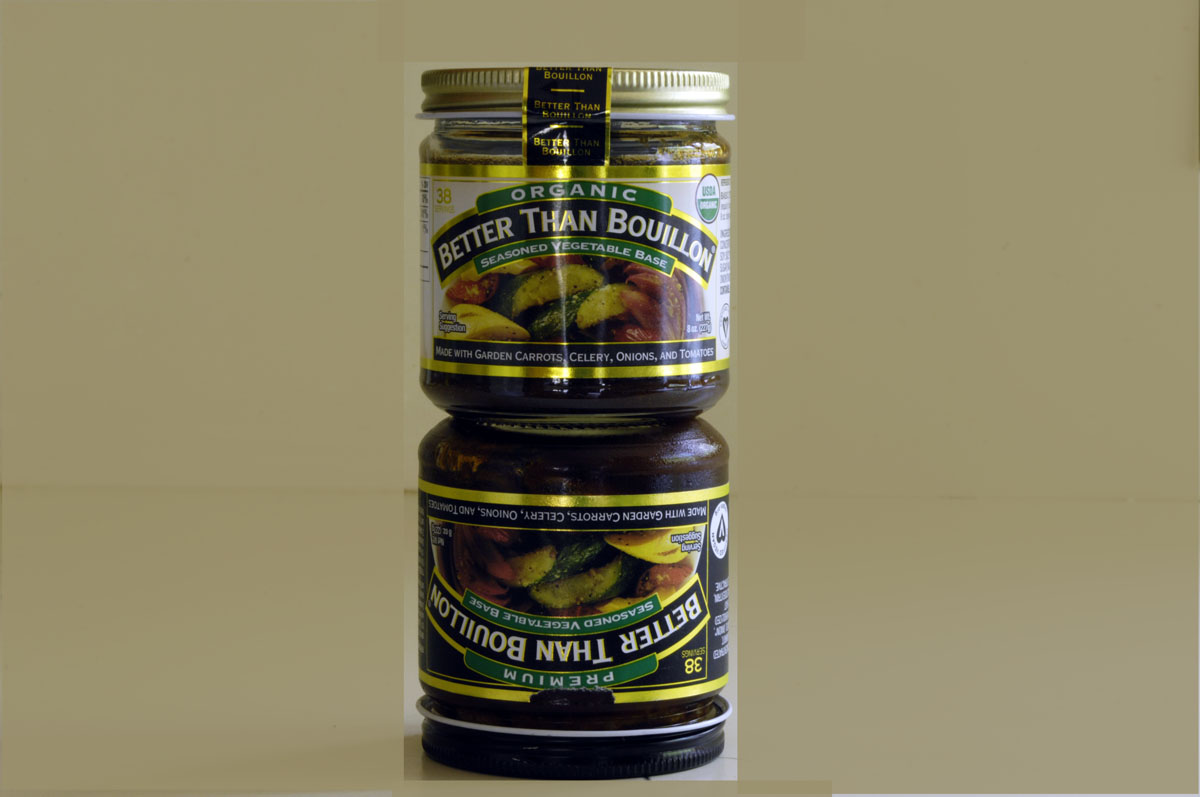And all at once, summer collapsed into fall.” — Oscar Wilde
One of the things I learned in Scotland this summer is that my culture of origin — Southern American — is not really a soup culture, though maybe it would be more accurate to say that the climate of the American South is not really a soup climate. Not until cool weather arrives do the soup pots come out (if anybody other than me still uses soup pots).
In Scotland, especially in the Highlands and islands, soup is welcome on the table year round. Even in August, a friend who grew up in rural Ireland made some amazingly imaginative vegetarian soups. In these parts, you’d get some funny looks (and, in some households, shot) if you put hot soup on the table in August.
This year, August just wouldn’t go way. Summer persisted until early October with highs in the 90s, and then at last the weather changed. I turned off the cooling system and flung open the windows to let the nip in. While the cat sat in the window and pressed her nose against the screen to eye the birds, I was eyeing a soup pot and checking the contents of the fridge. For the first fall soup, I decided on a simple potato soup with onions, celery, and a whiff of garlic.
The challenge with vegetarian soups is the stock. I almost never buy ready-made soup stocks. Lord knows what’s in them. And the vegetarian versions almost always have some kind of weird, strong flavor that jumps into the foreground. The stock is a soup’s background. It should be savory but subtle. Another problem with store-bought soup stocks is that they’re mostly heavy liquid that weighs down the grocery bags. They’re not worth lugging home. My usual solution is the family of bouillons made by Better Than Bouillon. They’re light in the grocery bag, very concentrated, and they keep forever in the refrigerator. And let’s not forget that water makes a big difference. The water here comes from my own deep well (305 feet, with the lower 270 feet of it solid rock), and the drinking and cooking water goes through a charcoal filter.
There is no milk or cream in this soup. I thickened it by whizzing most of the potatoes in the blender when the soup was almost done. I also added some tahini. (Mix liquid slowly into the tahini to make a smooth sauce before adding it to the soup). Nut butters make great thickeners for soups. Peanut butter goes well in any soup that contains tomatoes. Tahini can stand in for milk or cream. This would have been a vegan soup except that it contained a little butter. I cooked it very slowly for three and a half hours, barely bubbling, covered.
Speaking of soup pots, I’m very happy with my new scheme of using only old-fashioned cookware. For sauces, sautéeing, and reducing, I’m using heavy tin-lined copper pots, vintage, bought on eBay. For frying and baking, I’m using cast iron, including a cast iron wok. For soups and anything that wants to boil, I’m using vintage Corning Visions cookware bought on eBay. Using glass cookware is a bit eccentric, but I like it because glass is so inert and does not affect the flavor of things — a particular problem with things such as soups and stews that cook long and slow.





So glad soup season is finally here. Yours looks very good. Better Than Bouillon goes on my shopping list this week.
Soup making is a lost art and, being Southern, we only ever had vegetable beef soup or occasionally Brunswick stew. My mother had a fondness for split pea soup and I recall with great sadness my fifth Christmas parade – and a bowl of split pea that stood in the way of my seeing Santa Claus. Now it’s probably my favorite. The French were excellent with soups as evidenced by their Potage St Germain which is an enlightened riff on split pea soup.
Hi James… It’s an interesting case of culture loss, isn’t it. Most of the settlers in these parts were Scottish and Irish — soup cultures. Yet, in the warmer climate, the art of soup-making was lost. It was the same with my Southern family — vegetable soup, usually with some beef, was pretty much the only surviving homemade soup. It was always a hit on cold, rainy days. There does not seem to be here any concept of conjuring a soup out of whatever is available, as is done in a soup culture. Of course there was always Campbells — tomato soup and maybe cream of mushroom soup. The other art we don’t have is stock-making. But, I think, as a practical matter, family kitchens these days don’t have anywhere close to the throughput needed for proper stock-making. A farm family of six with a fulltime homemaker, on the other hand, would have enough peelings, scraps and bones to properly feed a stock pot.
The French are eating soup every day – even here in the South 🙂
Grandma will tell their grandchildren to eat their soup, else …
– and it’s delicious home cooked soup with a lot of vegetables and whatever.
During Midi (12h-14h) – the same as Siesta in other countries – we’re eating the main course of the day.
But in the evening it’s the lighter soup, which’s devoured 🙂
During summertimes the soups can be cold as in Gazpacho.
Btw there’s a hot version of that called Gazpachuelo i.e. the same but thickened, and added lemon or vinaigre.
Hi Frigast… Nice to hear from France on the subject of soup! Alas, I have spent too little time in France and thus have far too little experience with French soups. My French cookbooks, though, go on and on about soup and even refer to the les cinq familles de soupes, which include clear bouillon, thickened soups, purées, and cold soups. I’ve just acquired a 4.5-liter Corning Visions stock pot, which should help me improve my soup game this winter. 🙂
Yes stock-making is important but I generally default to high end supermarket stocks or your BTB. Even the classic French continues the art of soups with atypical ingredients. Michel Roux, of the Waterside Inn in Surrey, had a marvelous corn chowder called Creme Caroline. (Most Europeans think of corn as animal feed.) And then one of my all time fave soups, of Indian ancestry, is Mulligatawny. Gosh I’m glad for the arrival of fall. You’ve got my inspiration cranked up!